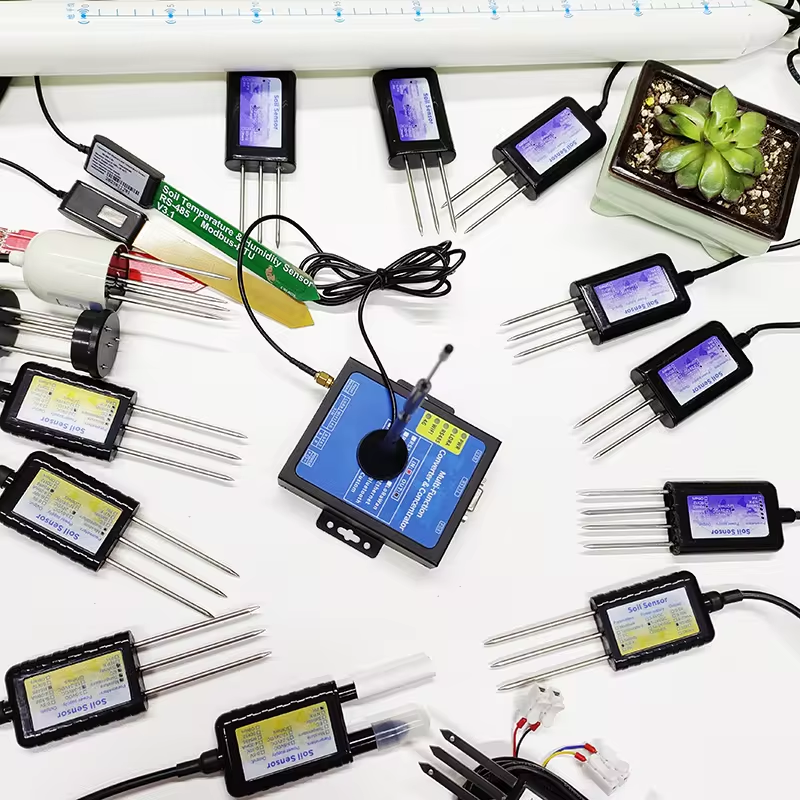Soil sensor can assess nutrients in the soil and water plants based on evidence. By inserting the sensor into the ground, it collects a variety of information (such as ambient temperature, humidity, light intensity, and electrical properties of the soil) that is simplified, contextualized, and communicated to you, the gardener.
Aramburu says soil sensors have long warned us that our tomatoes are drowning. The real goal is to create a vast database of which plants grow well in which climates, information that hopes to one day use to usher in a new era of sustainable gardening and farming.
Edin’s idea came to the soil scientist several years ago while he was living in Kenya and working on his latest project, Biochar, an environmentally friendly fertilizer. Aramburu realized there were few ways to test the effectiveness of his products other than professional soil testing. The problem was that soil testing was slow, expensive and did not allow him to monitor what was happening in real time. So Aramburu built a rough prototype of the sensor and began testing the soil himself. “It’s basically a box on a stick,” he said. “They’re really more suitable for use by scientists.”
When Aramburu moved to San Francisco last year, he knew that to create the massive database he wanted, he needed to make Edin’s industrial designs more accessible to everyday gardeners. He turned to Yves Behar of the Fuse Project, who created a delightful diamond-shaped tool that emerges from the ground like a flower and can also be connected to existing water systems (such as hoses or sprinklers) to control when plants are fed.
The sensor has a built-in microprocessor, and the principle of its operation is to emit tiny electrical signals into the soil. “We actually measured how much soil attenuates that signal,” he said. A large enough change in signal (due to humidity, temperature, etc.) will cause the sensor to send you a push notification alerting you to new soil conditions. At the same time, this data, along with weather information, tells the valve when and when each plant should be watered.
Collecting data is one thing, but making sense of it is an entirely different challenge. By sending all soil data to servers and software. The app will tell you when the soil is too wet or too acidic, help you understand the condition of the soil, and help you do some treatment.
If enough casual gardeners or small organic farmers take it up, it could stimulate local food production and actually have an impact on the food supply. “We are already doing a poor job of feeding the world, and it will only get harder,” Aramburu said. “I hope this will be a tool for agricultural development around the world, helping people grow their own food and improve food security.”
Post time: Jun-13-2024


